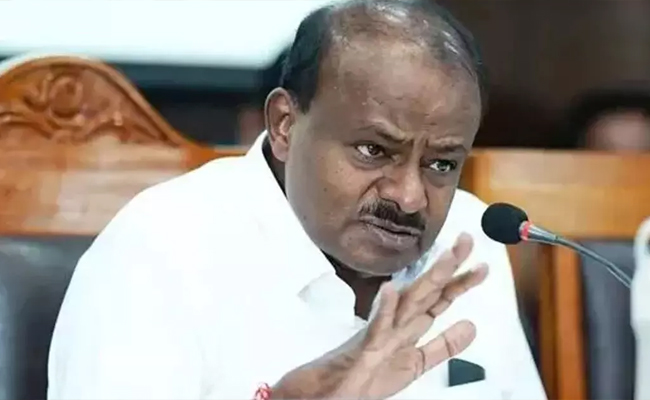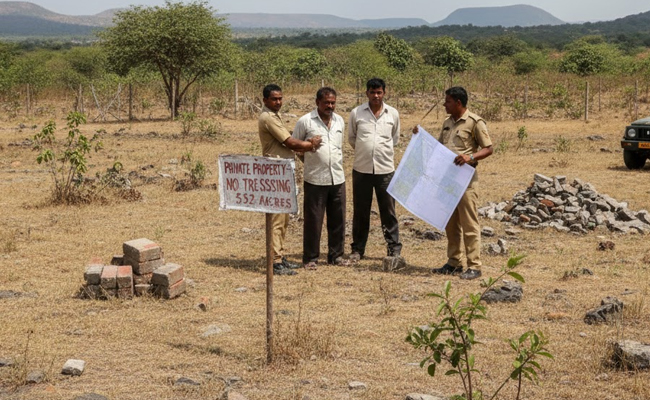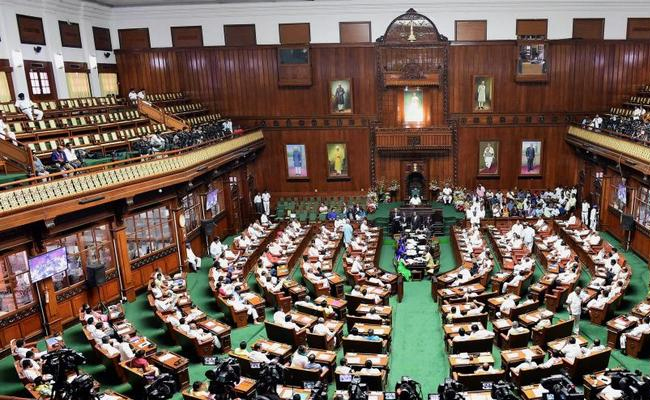At an exclusive automotive event “The Quail: A Motorsports Gathering“ in Monterey, California, Bugatti finally presented its latest model as a world premiere – The Divo hypercar. The car is named after Albert Divo, a French racing driver who was a two-time winner of the famous Targa Florio race on the mountainous roads of Sicily with Bugatti in the late 1920s.
The aerodynamic properties of the Divo were improved by a considerable amount and an optimized “air curtain” makes for better air flow over the front and rear sections of the car’s sides. The newly-designed, wide front spoiler provides higher downforce and guides more air to the front air inlets.

The roof of the Divo has been designed to form a NACA air duct, a flow-optimized air inlet. The rear end of the Divo features a new, height-adjustable rear spoiler which functions as an air brake when turned forwards and is set to different angles for the individual driving modes. The total downforce generated is 456 kilograms, 90 kg more than on the Chiron.
The Divo is 35 kilograms lighter than the Chiron. The weight reduction is the result of a number of design modifications including new lightweight wheels and a carbon fibre intercooler cover. The Divo can therefore lap the Nardò handling circuit eight seconds faster than the Chiron.

Divo Racing Blue”, a bright turquoise blue shade developed especially for the Divo, underlines the three-dimensional character of the three surfaces leading to the air inlets and outlets on the front, sides and rear, creating dynamically contrasting effects. The fenders are painted in “Titanium Liquid Silver” with a matt finish and are optically distinguished from the parts which control airflow at the rear end. Air outlets, rear spoiler and diffuser have a carbon finish.

The distinctive “Divo Racing Blue” is also used as an Alcantara leather tone in the interior, where it plays a special role by providing an optical split in the interior surfaces. This colour is used almost throughout the driver’s section while it only provides selected accents in the darker passenger’s section.
Courtesy : news18.com
Let the Truth be known. If you read VB and like VB, please be a VB Supporter and Help us deliver the Truth to one and all.
Mysuru (PTI): Union Minister H D Kumaraswamy on Tuesday accused the Congress government in Karnataka of "neglecting" the farmers in the state and being involved in corruption.
The JD(S) leader took part in an event where President Droupadi Murmu inaugurated the 1066th Jayanthi celebrations of Adi Jagadguru Sri Shivarathreeshwara Shivayogi Mahaswamiji at Malavalli in Mandya district, which comes under his Lok Sabha constituency.
"I saw a report that 2,800 farmers have died by suicide after this government came to power (in state). The government seems to be not concerned about the farmers. This government on coming to power said that it will give Rs 24,000 crore as loan to 32 lakh farmers for their farming activities, but till November, about Rs 12,000 crore has been paid to 24 lakh farmers, limiting to what was there earlier by managing the books of account," Kumaraswamy said.
Speaking to reporters here, he said, "These things show the failures of this government. Also, there is a corrupt system. I will not speak about it now. After December 20, I will speak to you in detail. There are a lot of issues to share with you."
ALSO READ: Will remain CM till high command wishes: Siddaramaiah
Responding to a question, the JD(S) leader, who turned 66 today, said there is no use of giving any documents. "I'm waiting for the right time."
Regarding the Congress government introducing a bill against "hate speech" in the Assembly, Kumaswamy said it is aimed at silencing the opposition in the state, but they won't be successful.
"What do Congress leaders have to say about their workers' comments against Prime Minister Narendra Modi?. He cited slogans -- 'Modi teri kabr khudegi, aaj nahi to kal khudegi' (Modi's grave will be dug.. if not today, then tomorrow) -- allegedly raised against Modi at a Congress rally in Delhi on Sunday.





